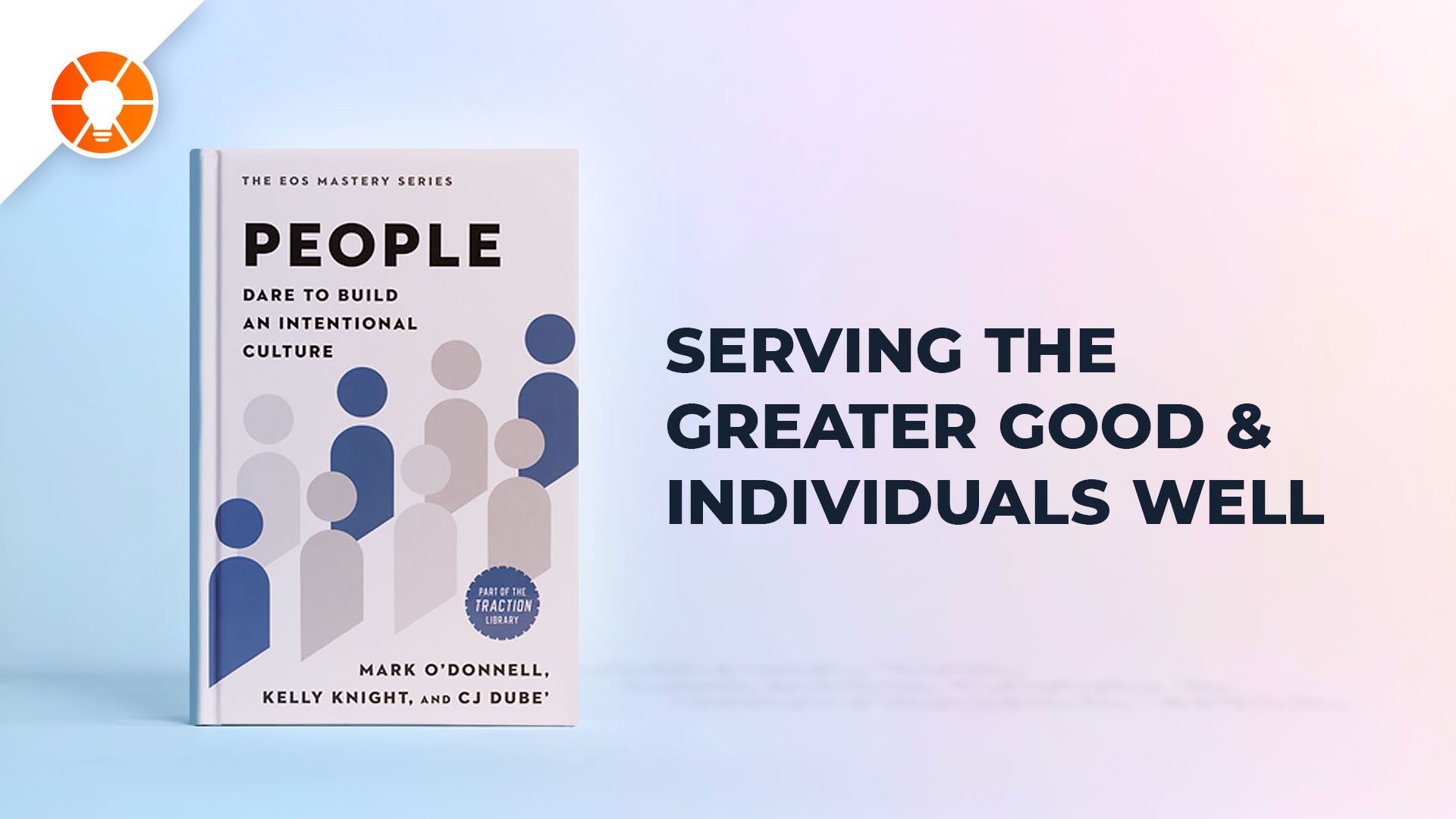
Imagine this …
You’re a second-generation owner of a family business. When your first son is born, everyone celebrates the next-generation leader’s arrival. For your son’s entire childhood, people keep talking about how someday he will run the business, just like you and your father before you.
In the meantime, he doesn’t seem particularly interested in the business, but your second child loves it. She wants to come to the office with you on Saturdays. She asks questions about the business at the dinner table. She knows the names of most of the crew. She decides it would be fun to take business classes in high school. You start to think she would be great at running the business and your son would be a lot happier being a teacher.
How in the world are you going to explain this to your parents? To the community? To him?
This is a real scenario I saw firsthand, and the Accountability Chart was a powerful tool that helped this second-generation dad manage his fears and concerns about the next generation of the family business.
This family business had a three-person leadership team that included the second-generation owner, his wife, and one other person who ran operations. Together (despite the fact that it didn’t feel natural to them) they built an Accountability Chart for the future of the business. They separated their skills and abilities from what they built. They also separated the skills and abilities of the next-generation family members and simply decided what the business needed. This was hard. It took them several hours and a few time-outs.
When they were done, they realized two hard but important things:
- The role they needed in finance was much bigger than the interest or capability of the wife.
- Neither of the next-generation kids was ready to lead the business despite the fact that the owner wanted to retire.
They ended up elevating the non-family member to run the business. The mom was actually thrilled to stop being so stressed out about her role, and they hired someone part-time to do the higher-level finance work. They started developing the daughter to work her way into the Integrator™ role, and their son became a teacher.
Now the daughter has learned to run operations, the dad is a very part-time Visionary, and the son works for them in the summer doing work he has always enjoyed and makes a little extra money when he isn’t teaching.
Please don’t think this was easy. It took five years from the first session for the second-generation owner to get a clear story to tell when people asked why his son is a teacher and not running the business. His wife enjoys her job a lot more and his daughter is thriving. His golf game isn’t bad these days, either.







